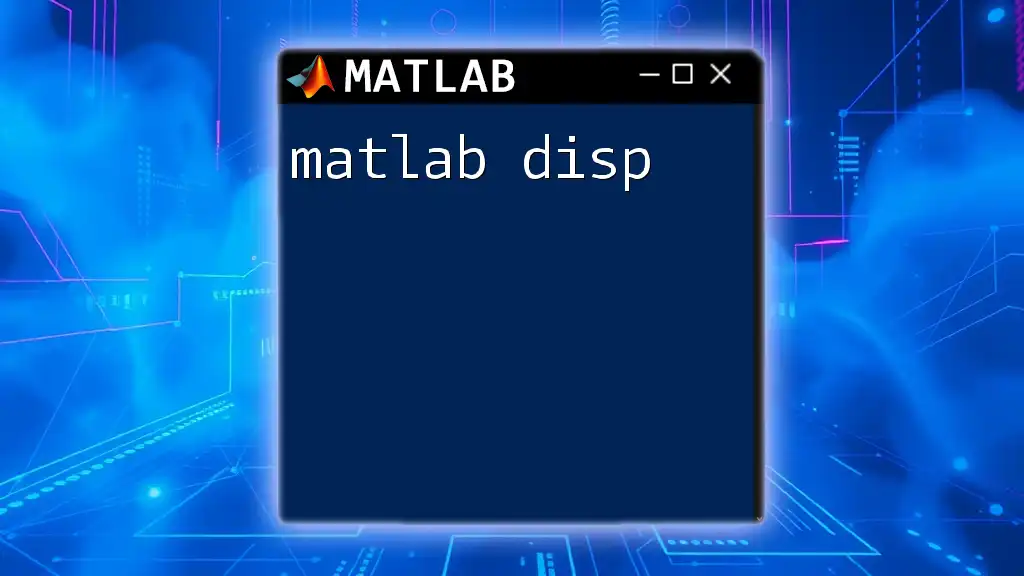A MATLAB diary is a file that records all the commands and outputs entered during a session, allowing users to keep a log of their work.
Here's a simple way to start a diary in MATLAB:
diary('myDiary.txt') % Start recording commands and output to 'myDiary.txt'
What is a MATLAB Diary?
A MATLAB diary is a feature within MATLAB that allows you to record commands and their outputs into a text file. This tool serves as a vital resource for documentation and version control, allowing users to maintain a comprehensive and organized record of their work. Keeping a diary of your MATLAB commands not only enhances reproducibility but also aids in tracking the progress of projects and experiments, thus significantly improving workflow efficiency.

Setting Up Your MATLAB Diary
How to Start a Diary
To initiate a MATLAB diary, you simply use the `diary` command followed by the desired file name. This command allows MATLAB to begin capturing all input and output to the specified text file.
For example, you can start a diary with the following command:
diary myDiary.txt
This command creates a new file named `myDiary.txt`. In cases where this file already exists, MATLAB will append new entries to the existing file rather than create a new one.
Choosing a File Name and Location
When establishing your diary file, best practices for naming can greatly enhance your documentation process. Use meaningful names that reflect the project or analysis being performed. An effective naming pattern might involve including the date and project title. For example:
- `diary-2023-10-01-DataAnalysis.txt`
- `diary-2023-10-01-SimulationResults.txt`
Such conventions make it easier to locate files when looking back over a series of analyses or experiments.

Basic Diary Commands
Starting and Stopping a Diary
The initiation of a diary can be done seamlessly with `diary on`, which will begin recording your session. Equally important is stopping the diary, which is accomplished with `diary off`. Here is how you would typically manage the starting and stopping of your diary:
diary on
% Run your MATLAB commands here
diary off
Using these commands is crucial to ensure that you control when information is captured and prevents unnecessary data from being logged.
Saving and Closing Diaries
MATLAB automatically saves the diary when you stop it. However, it is paramount to properly close the diary session to ensure all data is written correctly. You can follow this simple command flow as seen earlier:
diary off
Closing your diary with this command ensures that all entries are finalized and accessible later.

Managing Your Diary
Viewing Diary Contents
Once you've logged commands to a diary file, you may want to review your previous entries. You can do this by simply opening the diary file using any standard text editor. This ability makes it easy to refer back to past analyses or code snippets without needing to re-run your MATLAB session.
Appending to Existing Diaries
You can continue adding new entries to an active diary file using the same command. MATLAB will append new content rather than overwrite existing data:
diary myDiary.txt % starts or appends to an existing diary
This feature is especially useful when working on ongoing projects where multiple sessions need to be documented over time.
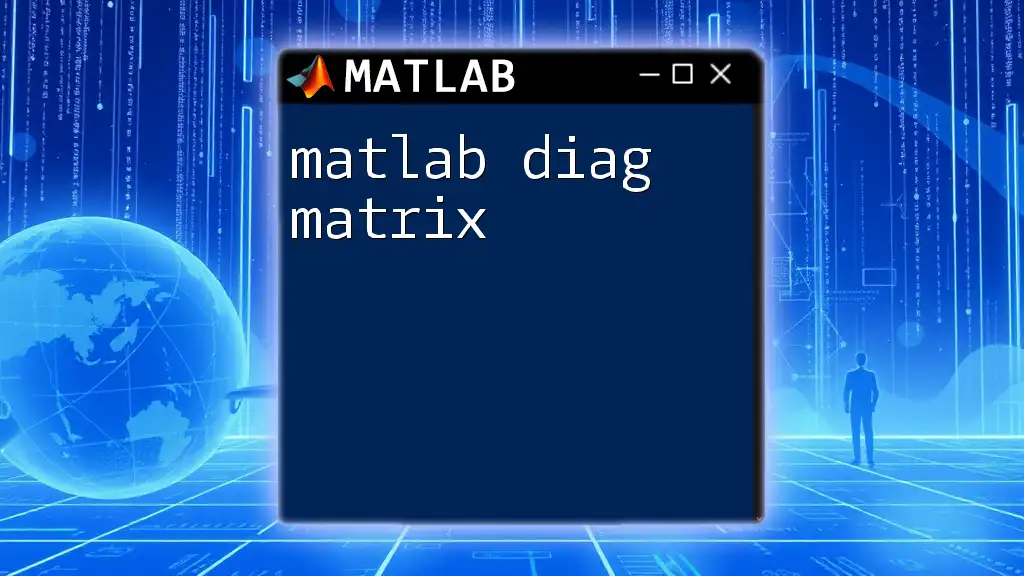
Advanced Diary Usage
Incorporating Comments in Your Diary
One of the best practices for maintaining clarity in your MATLAB diary is to embed comments alongside your commands. Comments not only provide context for future reference but also enhance readability. For example:
% Generate a range of numbers from 1 to 10
x = 1:10;
Here, the comment explains the operation being performed, making it easier for someone reviewing the diary—or yourself in the future—to understand the purpose of the code.
Integrating with Scripts
Linking diary usage with your scripts enhances your workflow considerably. You can set up the diary at the beginning of your script, capturing everything executed within the script:
% Start diary
diary myDiary.txt
run('myAnalysisScript.m') % run your analysis script
diary off
This approach ensures that all output generated by the script is logged in the diary file, providing a complete record of the operation.
Diary for Debugging
Another powerful use of the MATLAB diary is during the debugging process. Capturing outputs and error messages in a dedicated diary while you troubleshoot is invaluable. You might set up your diary like this:
%% Start debugging
diary debugDiary.txt
% Try/catch for error logging
try
% Code that may fail
catch ME
disp(ME.message) % Display the error message
end
diary off
This structure not only records command outcomes but also logs messages related to any errors that may occur, helping troubleshoot and refine your code efficiently.
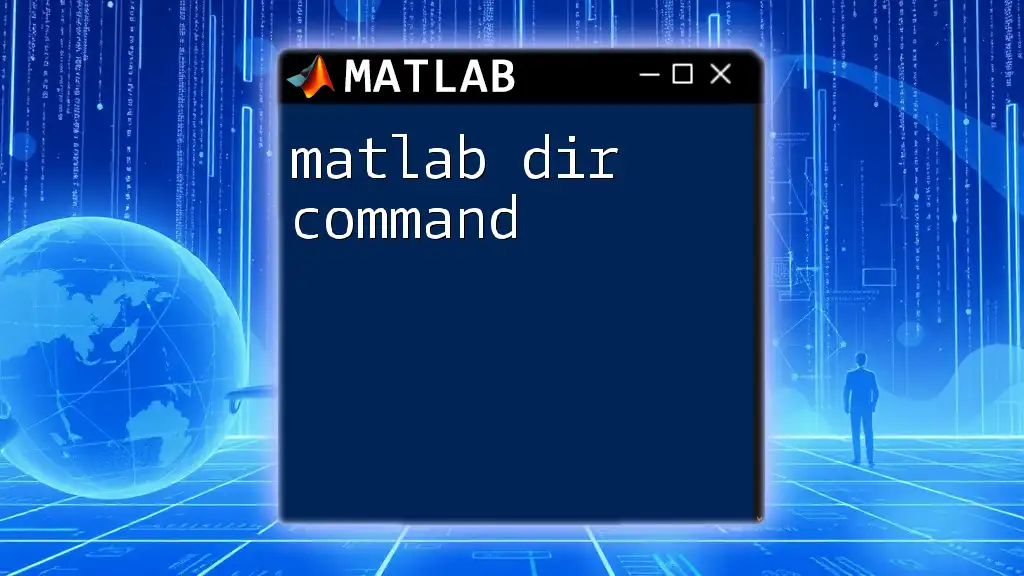
Best Practices for Using MATLAB Diary
Tips for Effective Diary Management
To maximize your diary's utility, it's wise to follow certain management practices. Consider these recommendations:
- Date your entries: Including the date in your diary entries helps track when each analysis or session occurred.
- Keep entries concise but informative: Brevity is crucial; aim for clear explanations that don’t overwhelm.
Using Markdown and Commenting Styles
MATLAB does not support Markdown natively within the diary, but adopting a commenting style that mimics Markdown conventions can improve readability. For instance, you can structure your comments to resemble headers or lists for easy scanning later. This practice will allow others (or you) to navigate your diary files more effortlessly.
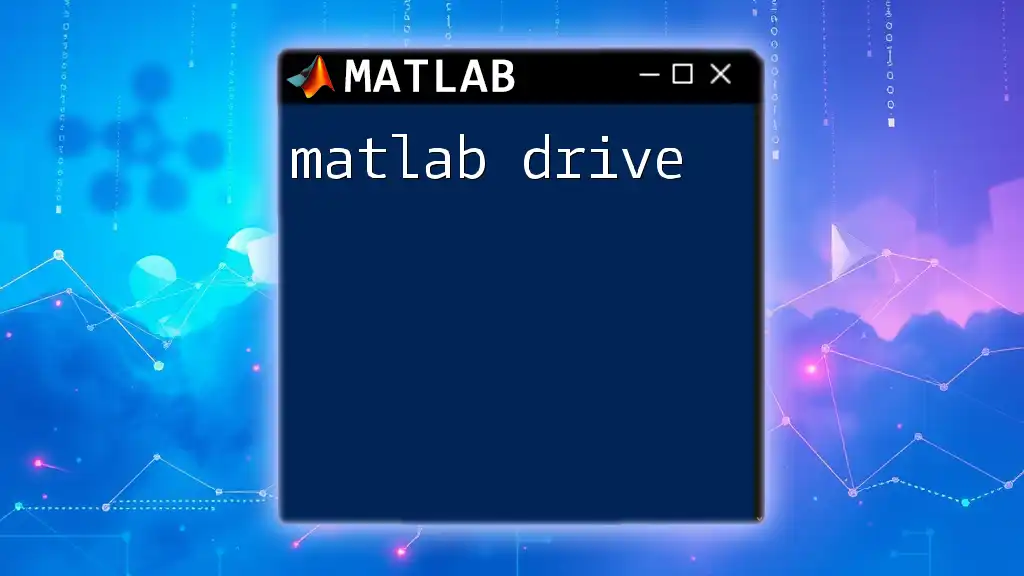
Common Issues and Troubleshooting
Common Problems with Diaries
As with any tool, there may be hiccups while using MATLAB diaries. Common issues include:
- Not realizing the diary command must be turned on to record data.
- Overwriting data due to mismanagement of file naming.
Ensure that you always check the diary status before starting your session.
Recovering from Diary Errors
If you encounter problems such as lost diary data, you may be able to recover lost entries using built-in MATLAB functions or by inspecting backup files (if created). It's advisable to frequently save your work and ensure proper file handling during operations to minimize risks.
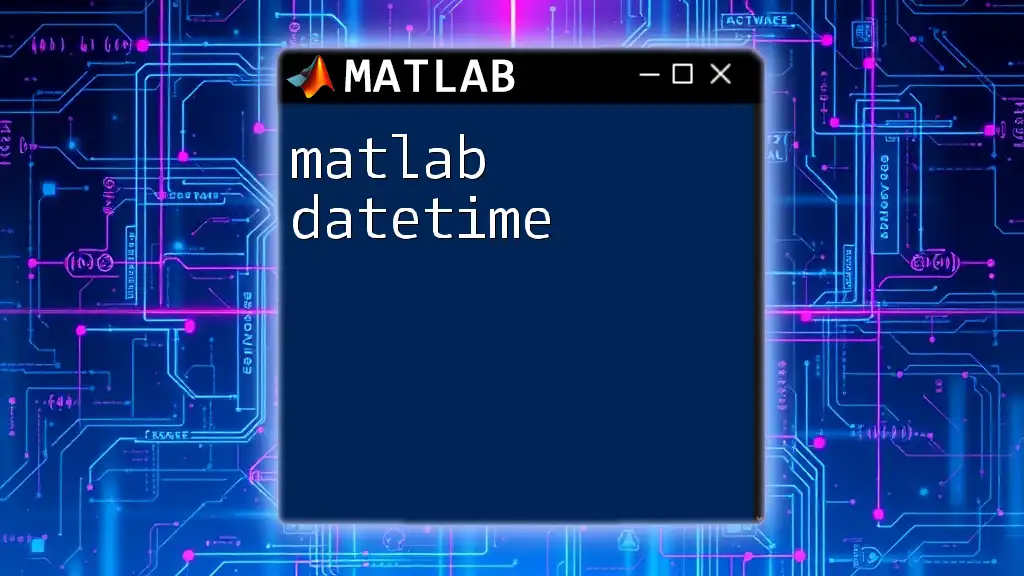
Summary
In summary, maintaining a MATLAB diary provides a streamlined way to document your work, making future replication and analysis far simpler. This practice promotes better project management, reinforces good programming habits, and ultimately aids you in understanding how your MATLAB code behaves.

Conclusion
Incorporating a MATLAB diary into your workflow is more than simply logging commands. It’s a vital practice that ensures you capture the essence of your work for future reference. Start using it today and enhance both your productivity and effectiveness in MATLAB!







